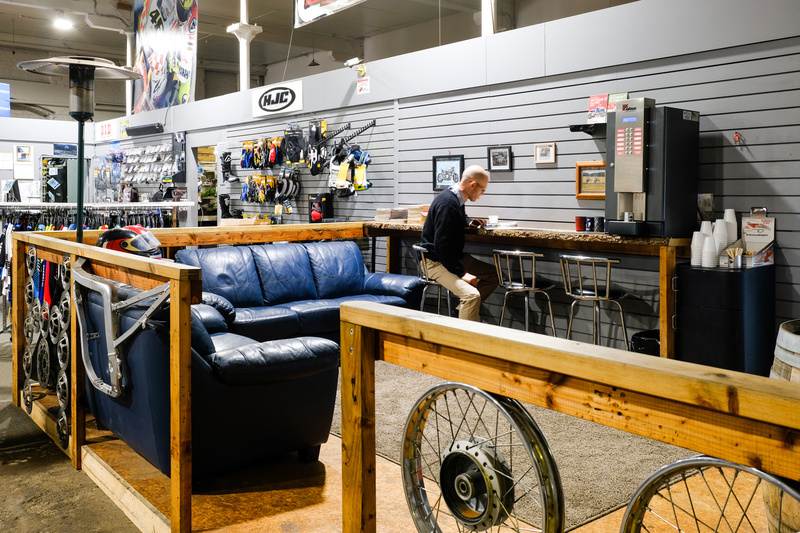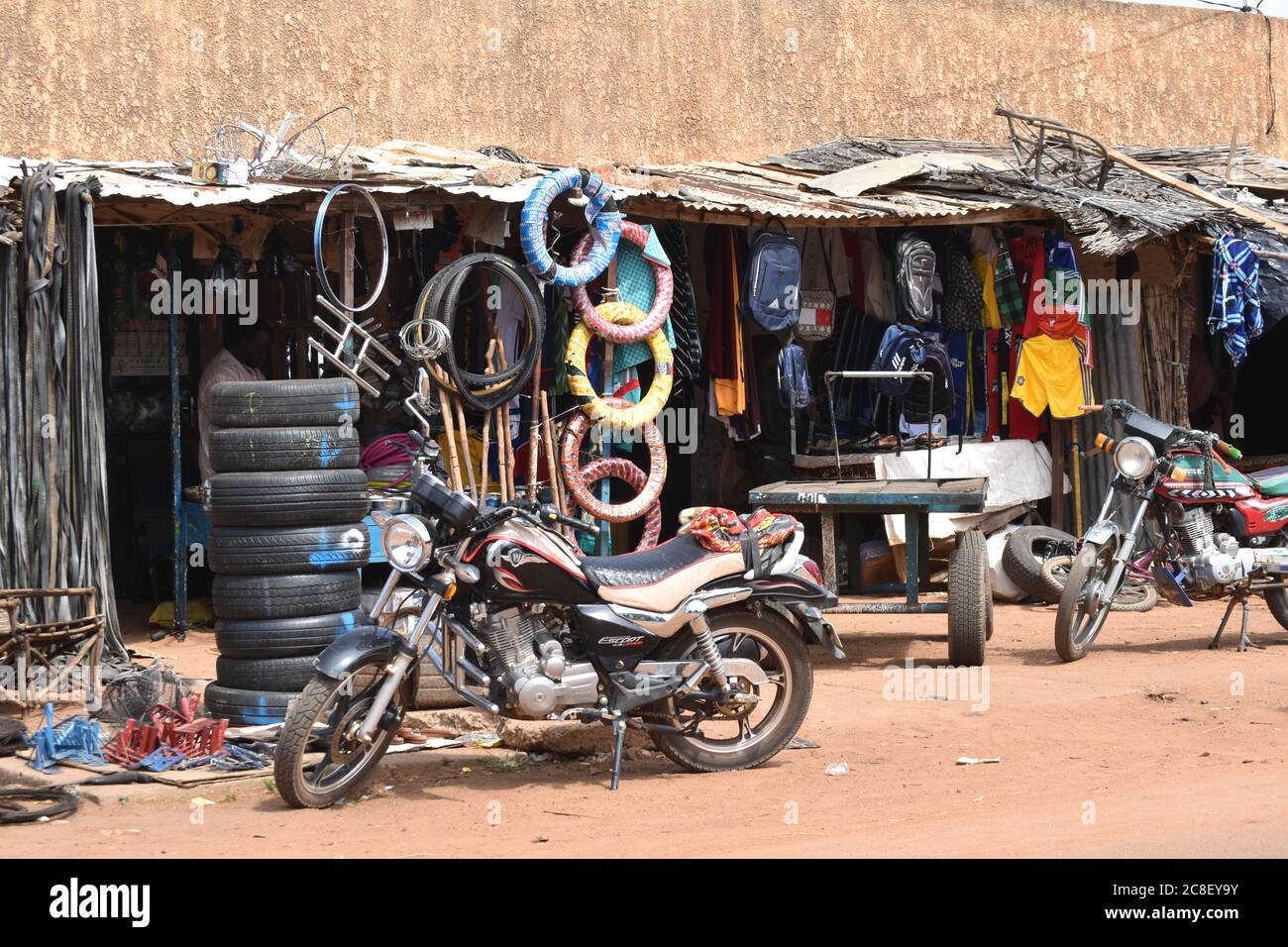See Our Motorcycle Shop for Specialist Recommendations and High Quality Products
See Our Motorcycle Shop for Specialist Recommendations and High Quality Products
Blog Article
Understanding the Vital Parts of a Bike: A Comprehensive Guide for Fanatics
For motorcycle lovers looking to elevate their riding experience and ensure their bikes run efficiently, comprehending the vital parts of a motorbike is extremely important. Each element, from the engine's detailed functions to the vital role of the stopping systems, not just affects performance however additionally safety and comfort. This overview will certainly stroll via the fundamental parts that every motorcyclist need to be familiar with, making it possible for educated choices in both maintenance and prospective upgrades. As we start this expedition, one must ask: just how does each part interact to create the seamless trip every lover seeks?
Engine Elements

The camshaft plays an essential function in controlling the timing of the engine's valves, guaranteeing the exact opening and closing necessary for reliable fuel and air consumption, in addition to exhaust expulsion. This timing is critical to preserving optimal engine performance and efficiency. In addition, the carburetor or gas injection system, depending on the motorbike design, is responsible for blending air with gas in the proper proportion for burning.
The air conditioning system, either air or liquid-based, works to maintain the engine's temperature level within operational restrictions, preventing overheating and making sure longevity - moto parts nz. Each element, diligently developed and incorporated, contributes to the smooth procedure of the engine, specifying the motorbike's power output and general performance
Transmission System
Important to the bike's functionality, the transmission system guarantees reliable power transfer from the engine to the wheels. This system comprises a number of vital parts, consisting of the clutch, transmission, and last drive, each playing a vital function in translating the engine's power into activity. The clutch, usually run by a hand bar, offers to disengage the engine and engage from the transmission, enabling smooth gear modifications and controlled acceleration.
The transmission, commonly described as the transmission proper, consists of a collection of equipments that cyclists can manually change via to change the bike's rate and torque outcome. These gears are set up in a sequence that makes it possible for the bike to accelerate smoothly and keep ideal engine performance across various rates. A lot of motorbikes utilize a consecutive transmission, needing the motorcyclist to move gears in a predetermined order.
Braking Devices
While recognizing the transmission system is crucial to taking advantage of a motorbike's power, equally crucial is the capability to manage and stop that power properly, which is where stopping devices come right into play. Brakes are critical for safety and security and performance, offering the cyclist with the needed control to browse various terrains and conditions. Typically, motorcycles include two sorts of braking systems: disc brakes and drum brakes.
Disc brakes are more common in modern motorbikes due to their superior performance. This system supplies better warm dissipation, regular performance, and enhanced quiting power, specifically in wet problems.
On the other hand, drum brakes, though much less common, are still discovered in some motorbikes. They function by pressing brake shoes against the inner surface area of a drum affixed to the wheel. While generally less efficient in warmth dissipation and quiting power, drum brakes are simpler and a lot more cost-effective.
Comprehending these stopping systems' subtleties allows bikers to preserve their motorbikes effectively and appreciate the engineering that makes sure reliable and secure quiting.
Suspension and Guiding
Suspension and guiding systems are vital components that substantially affect a motorbike's handling and experience this content convenience. The shock absorber, including forks at the front and shock absorbers at the back, takes in road irregularities, enhancing stability and control. Front forks, upside down or commonly telescopic, compress and rebound to minimize influences, while back shock absorbers keep tire call with the roadway, vital for grip and safety and security.
Guiding, focused around the handlebars, attaches the cyclist to the motorcycle's directional control. The steering head bearings ensure smooth operation, allowing precise ability to move. Proper positioning and maintenance of these bearings are vital for foreseeable guiding action and minimizing motorcyclist tiredness.
The suspension's adjustability is another crucial aspect; preload, damping, and rebound setups enable modification to match numerous riding problems and designs. This adaptability is necessary for maximizing efficiency, whether browsing city roads or taking on sturdy routes. Developments like electronic suspension systems provide real-time modifications, improving adventure quality throughout diverse surfaces.

Electric Solutions
After ensuring a controlled and smooth adventure with efficient suspension and steering systems, interest transforms to the electrical systems, a crucial element of modern motorbikes. These systems play a crucial function not just in starting the engine but additionally in powering various parts that improve the capability and security of the bike.
At the heart of a motorbike's electrical system is the battery, which shops electrical power essential for starting the engine and powering supporting systems - motocross gear. The alternator or generator, combined with the rectifier-regulator, guarantees the battery continues to be billed while the motorcycle is in procedure, transforming power right into electric power and maintaining voltage levels
The ignition system, another important part, is accountable for sparking the air-fuel blend in the engine's cyndrical tubes. Modern bikes often make use of an electronic ignition system, providing higher effectiveness and dependability contrasted to typical systems.
Lights systems, consisting of headlights, tail lights, and signs, are likewise essential, ensuring visibility and safety for the biker. Additional electronic components such as sensing units, control devices, and presents add to innovative attributes like gas shot monitoring, anti-lock stopping systems (ABDOMINAL custom helmets motorcycle MUSCLE), and electronic control panels, additionally boosting the riding experience.
Conclusion
A thorough understanding of a bike's important parts, consisting of the engine, transmission system, braking systems, suspension, guiding, and electrical systems, is important for fanatics aiming to enhance convenience, performance, and safety. Mastery of these components enables informed choices relating to upkeep and upgrades, inevitably enhancing the riding experience. By incorporating this understanding, cyclists can ensure their bikes operate at peak performance and dependability, thereby taking full advantage of both satisfaction and durability of their automobiles.
For bike fanatics looking to go right here boost their riding experience and guarantee their bikes run smoothly, recognizing the important parts of a motorcycle is vital.Indispensable to the motorcycle's capability, the transmission system makes sure reliable power transfer from the engine to the wheels.While comprehending the transmission system is crucial to harnessing a motorcycle's power, equally crucial is the capacity to regulate and quit that power efficiently, which is where braking systems come into play. Normally, motorbikes include two kinds of braking systems: disc brakes and drum brakes.
A complete understanding of a bike's crucial parts, consisting of the engine, transmission system, braking systems, suspension, steering, and electrical systems, is vital for enthusiasts aiming to optimize performance, safety and security, and convenience.
Report this page